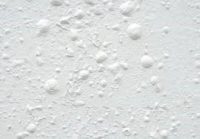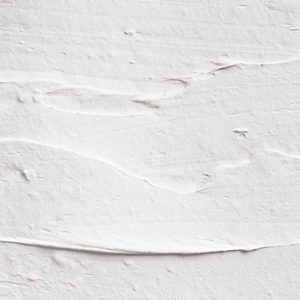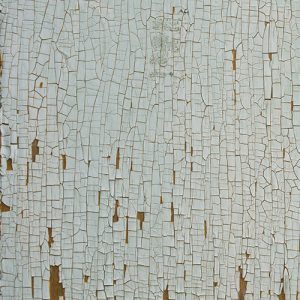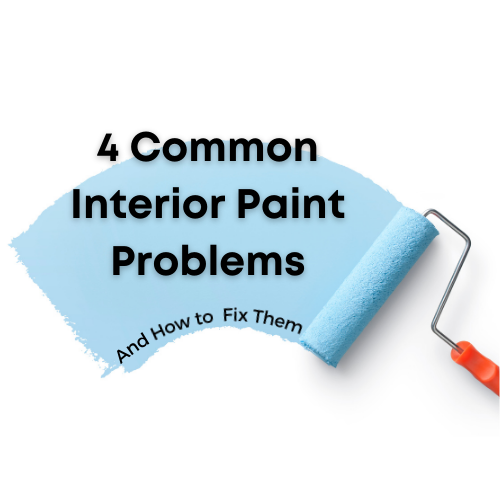The quality of Interior Paint’s finish greatly depends on the environment, application, and product. Hiring a professional can greatly reduce the frequency and severity of these problems, but we understand it can be alarming for homeowners to see their paint blistering or cracking. To ease your mind, we’ve created a list of the top 4 most common interior paint issues, and how you can easily fix them!
Blistering Interior Paint
What it is: Blistering paint is caused when bubbles of gas are trapped beneath the surface of the paint.
Why it occurs: Water vapor from kitchens or bathroom areas can leech through walls and collect underneath coats of interior paint. This vapor may then expand, causing loss of paint adhesion and bubbling.
How to fix: The best way to fix paint blistering is to prevent it from happening. Builders can install water vapor-barriers on the interior surfaces of exterior walls. These tools prevent water vapor from penetrating into walls and causing blisters. Builders can also treat any exposed areas with water-repellent caulk.

Wrinkling on a Painted Wall
What it is: This is when the paint has deep ridges instead of a smooth, even finish.
Why it occurs: Wrinkling usually affects walls that have been painted several times and occurs when the top layer of paint doesn’t cure properly. When paint doesn’t cure within the recommended amount of time, ridges form as the fresh paint bunches up along the surface of the wall, resulting in a wrinkled appearance.
How to fix: Use a paint scraper to remove the affected areas. Clean the walls thoroughly and remove any dirt or debris that could prevent the paint from curing properly. When you prime the walls give it plenty of time to dry and apply several thin layers of paint rather than one thick layer to obtain a smooth look.

Interior Paint Alligatoring
What it is: Alligatoring paint is a cracked pattern that resembles alligator scales.
Why it occurs: It often happens when a top coat of paint is applied over an undercoat that is not completely dry. It can also occur when a rigid substance, such as alkyd enamel, has been applied over something more flexible, such as a latex primer. It can also be a natural effect of aging and weather changes on oil-based paint.
How to fix: Make sure to remove all the old paint, even if parts have not cracked yet, because it is very likely they will start to crack later on. Then, apply a high-quality primer, like Sherwin-Williams Harmony Wall Primer, before painting and make sure each layer of primer or paint dries completely before applying another coat.






